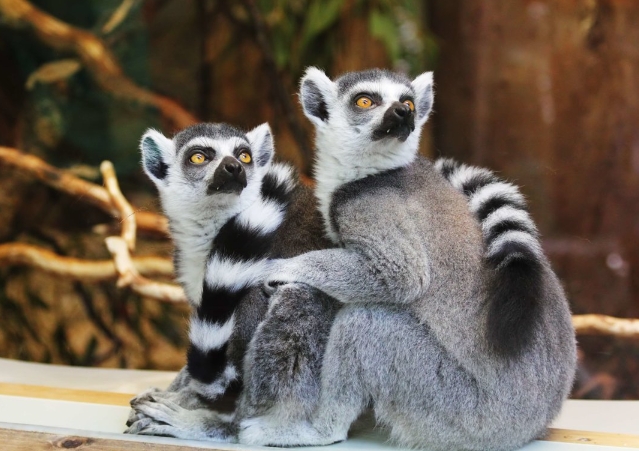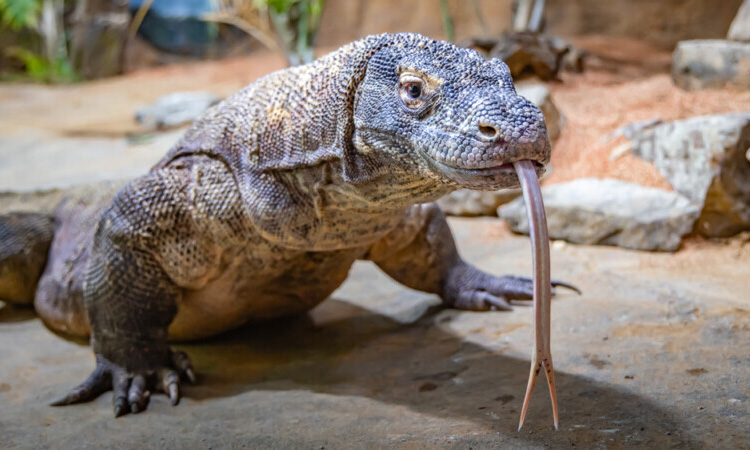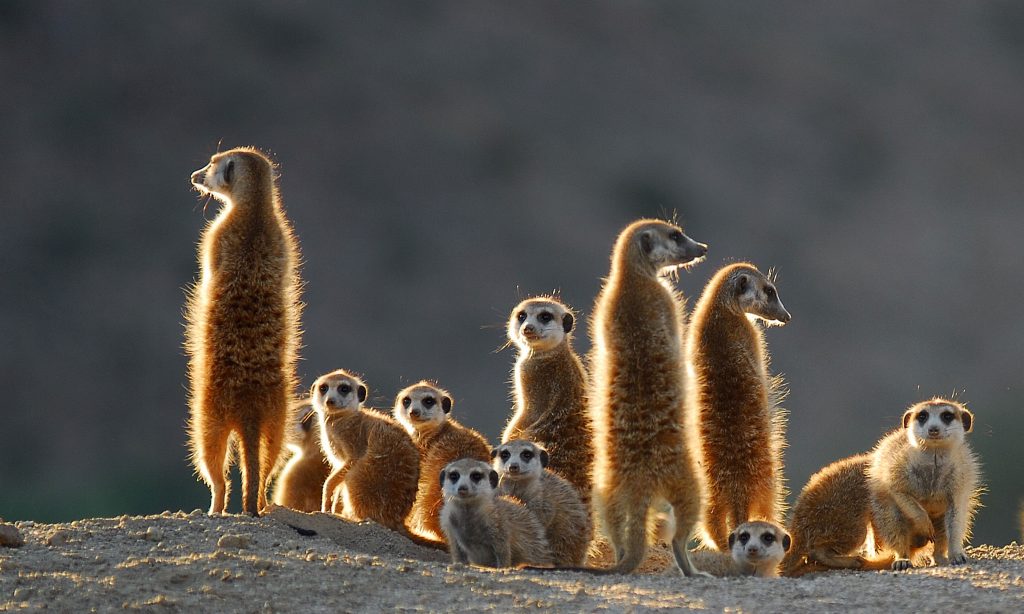Lemurs are unique primates native to the island of Madagascar, with over 100 different species roaming the forests and jungles.
Exploring the Lemur Kingdom
Madagascar is the only place in the world where lemurs can be found, making them a popular attraction for wildlife enthusiasts.
These playful creatures are known for their mischievous antics, and visitors to Madagascar can often spot them swinging from trees, grooming each other, or engaging in playful wrestling matches.
Meet the Ring-Tailed Lemur
One of the most iconic lemurs is the ring-tailed lemur, recognizable by its long, striped tail and distinctive black and white fur.
These social animals live in large groups called troops, where they communicate through a series of vocalizations, including unique calls and alarm cries.
The ring-tailed lemur is also known for its sunbathing behavior, where they stretch out their arms and legs to absorb the warmth of the sun.
Discovering the Sifaka Lemur
Another fascinating lemur species is the sifaka, known for its distinctively long legs and leaping gait, which allows it to move quickly through the treetops.
Sifakas are highly vocal creatures, using a wide range of calls and gestures to communicate with each other and establish social hierarchies within their groups.
While their diet mainly consists of leaves, fruits, and flowers, sifakas are also known to occasionally indulge in insects and small vertebrates.
Exploring Lemur Conservation Efforts
Despite their charismatic nature, lemurs are facing numerous threats in the wild, including habitat loss, hunting, and climate change.
Conservation efforts are underway to protect these unique primates, with organizations working to establish protected areas, promote sustainable ecotourism, and raise awareness about the importance of preserving lemur habitats.
By learning more about these playful primates and supporting conservation initiatives, we can help ensure that future generations have the opportunity to witness lemurs in their natural environment.




